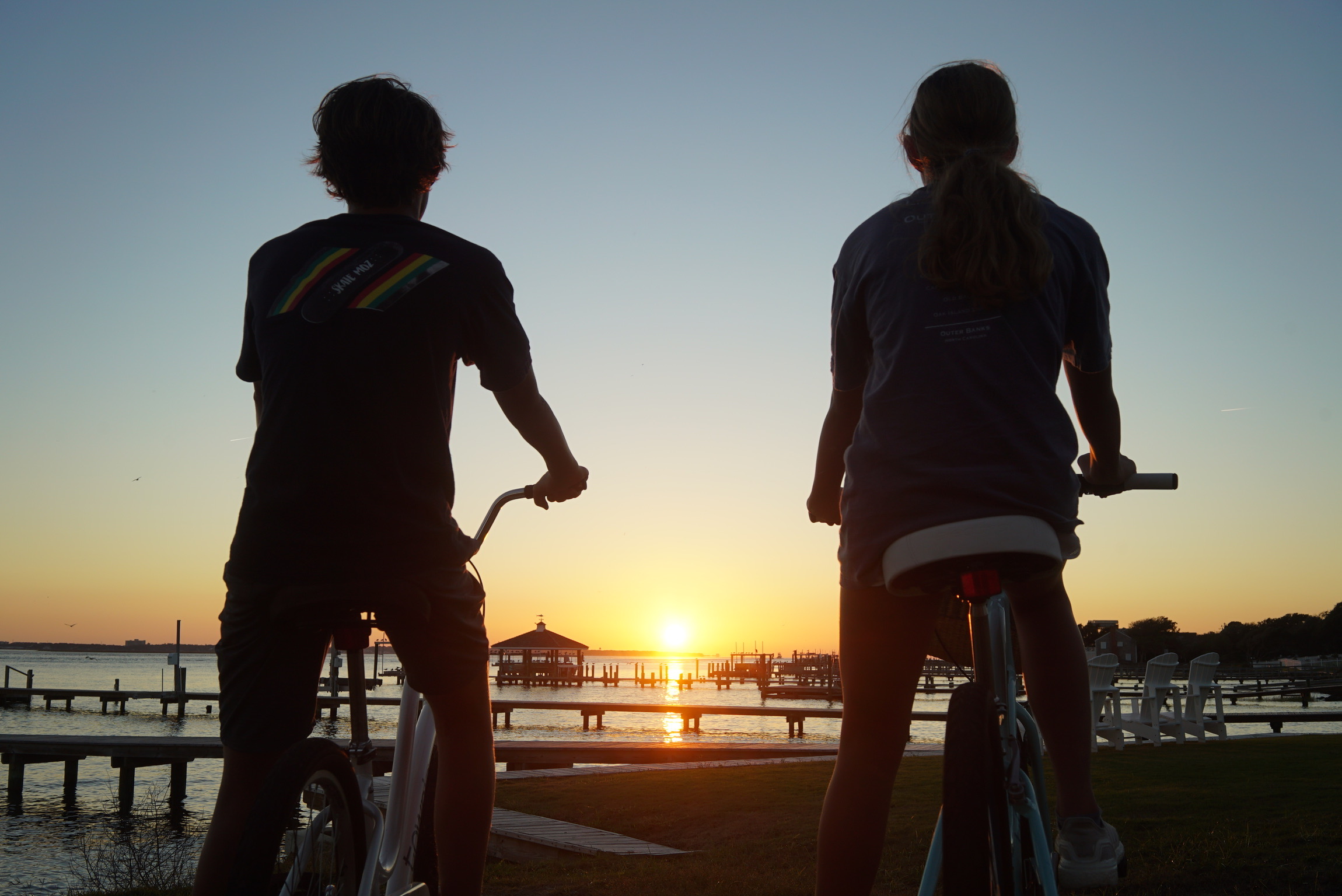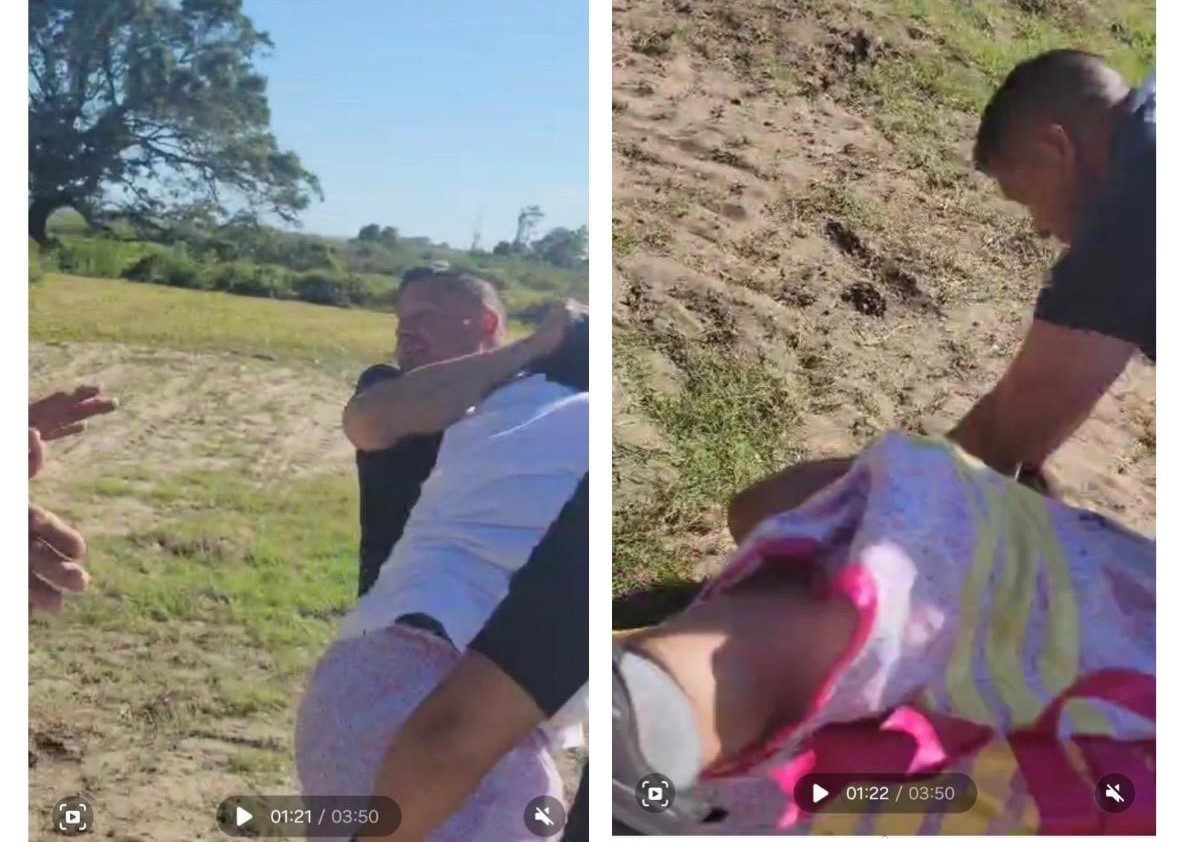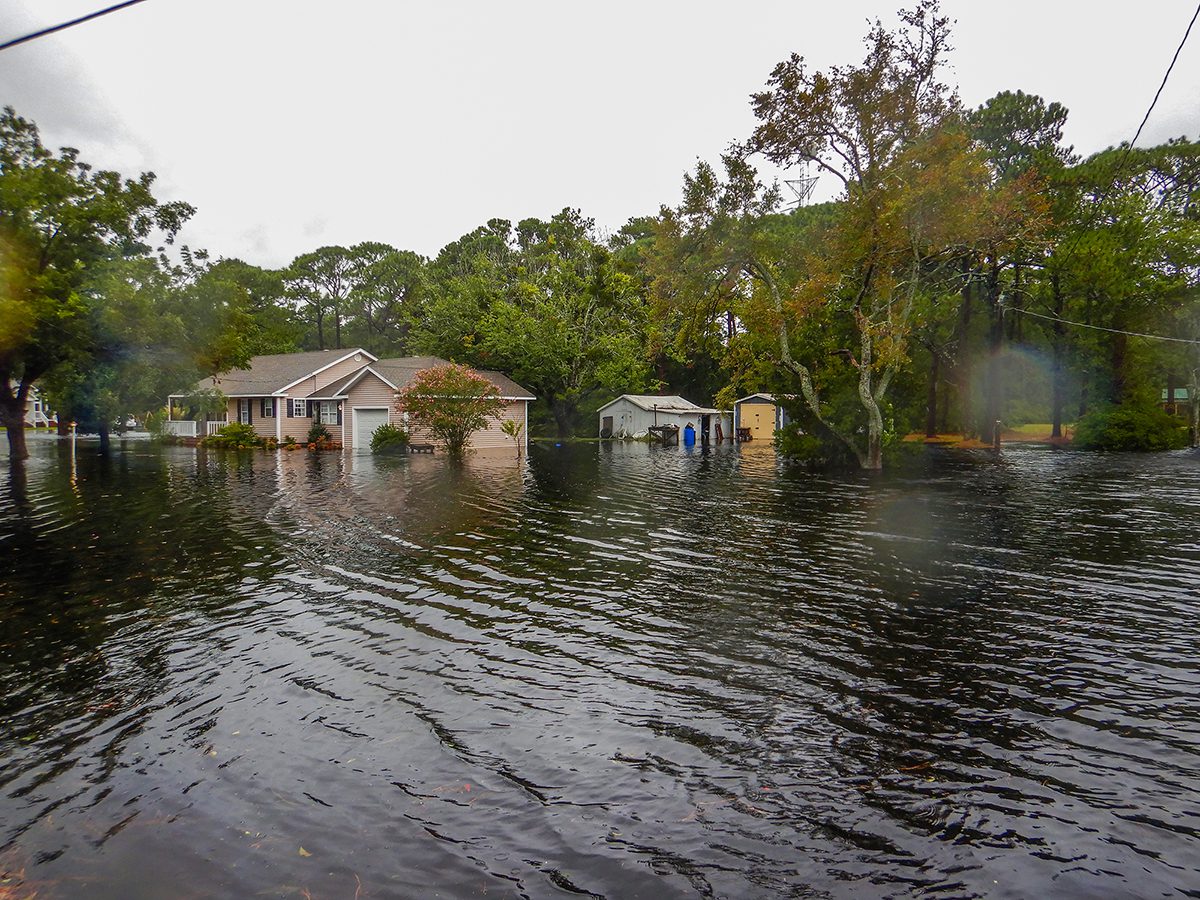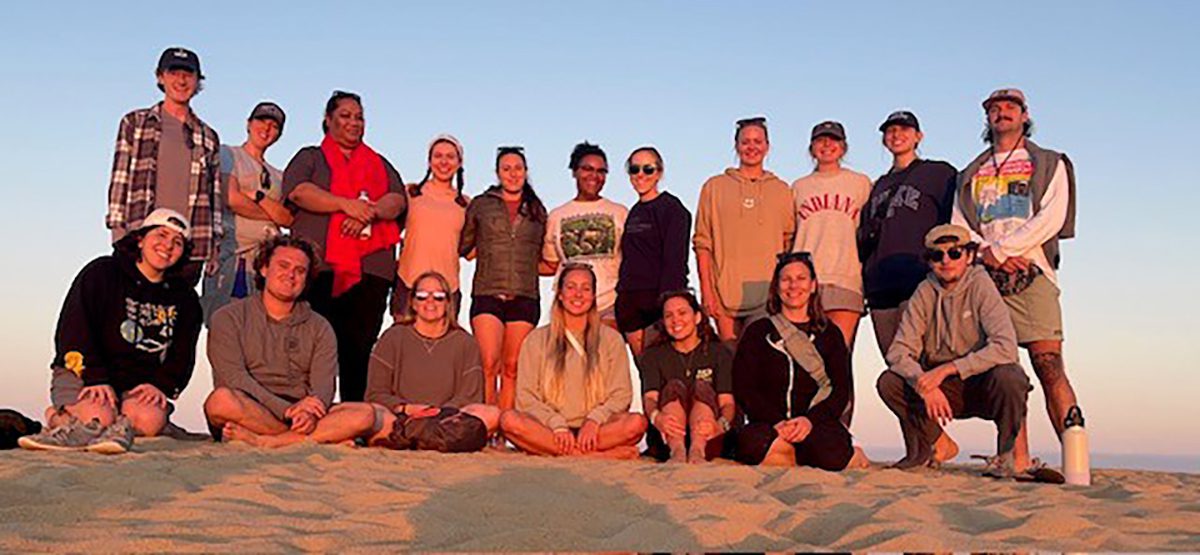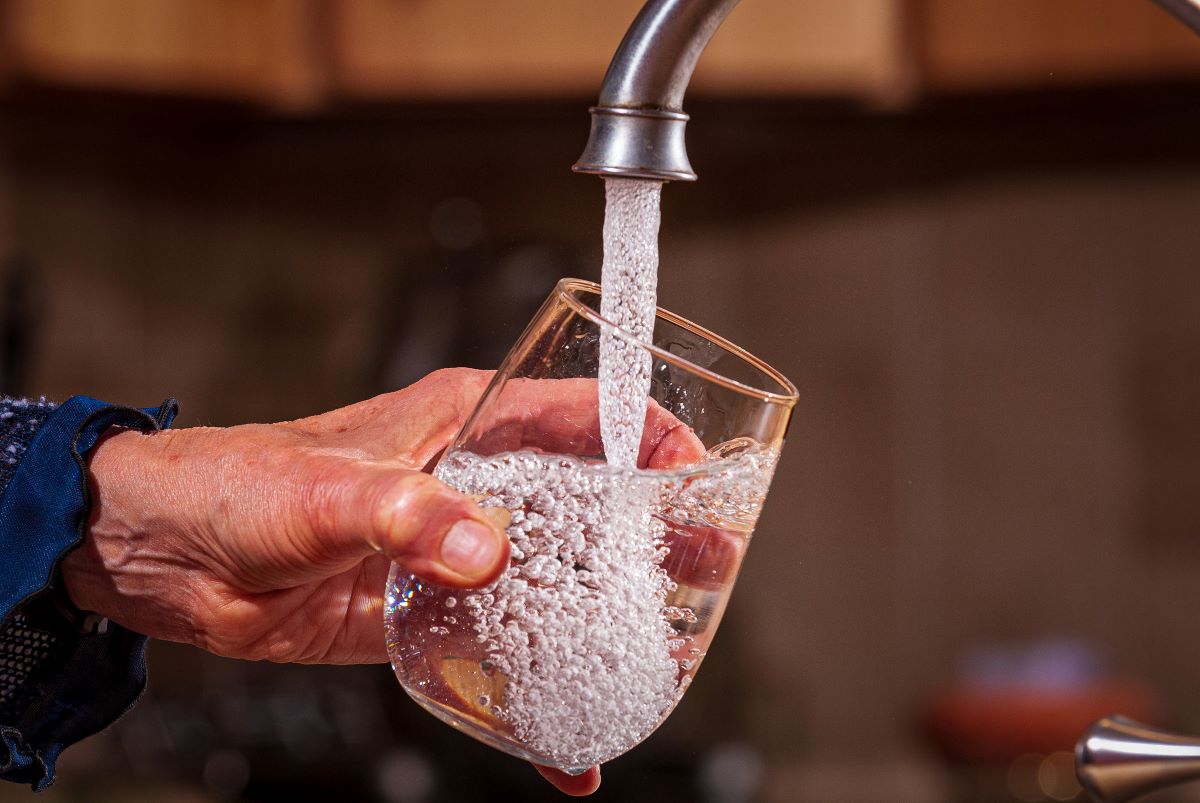Briggs Cloutier, 16, and his sister Addie, 13, are on a mission to help the ocean’s wildlife through a new, online initiative.
The duo, who currently reside in Morehead City, credit their interest in marine conservation to their world travels.
Sponsor Spotlight
“I was born in the United States, but due to my father’s work in international development I moved to Thailand when I was only 1,” Briggs said. “From there, we moved to a few other places. The island of Timor-Leste, Angola, and most recently Mozambique in southeast Africa.”
This time in Mozambique exposed Briggs to a variety of aquatic creatures he had never seen before.
“I was able to dive with a lot of marine megafauna such as whale sharks, manta rays, (and) humpback whales. I really was blown away by how amazing and beautiful these creatures were,” he said.
Addie cited the African island nation of São Tomé and Príncipe as an impactful travel destination.
Sponsor Spotlight
“I went there when I was 7 and it was such a memorable experience. The most amazing thing about the trip was watching little baby sea turtles hatch, and helping them to the ocean really put the privilege of life into perspective,” she said.
Addie hopes that she will have many more travels in the future.
“I really want to travel to the Galapagos, it has the most exotic animals and nature. The main sea animal I would want to see the most would be sea lions because they are quite different from regular sea animals,” she said.
The brother-sister duo created a website, Sea NC, and a YouTube channel that are “dedicated to marine conservation and outreach.”
“My sister’s and my original goal in mind was to use our experience and talents to generate funds for marine conservation,” Briggs said. “My sister painted out some of the marine megafauna in the Mozambique oceans and I made short, documentary-style videos about them.”
“I (design) marine animals and ocean scenery with acrylic paint. I use photos from past experiences to help me create the shape and the color scheme,” she said of her work.
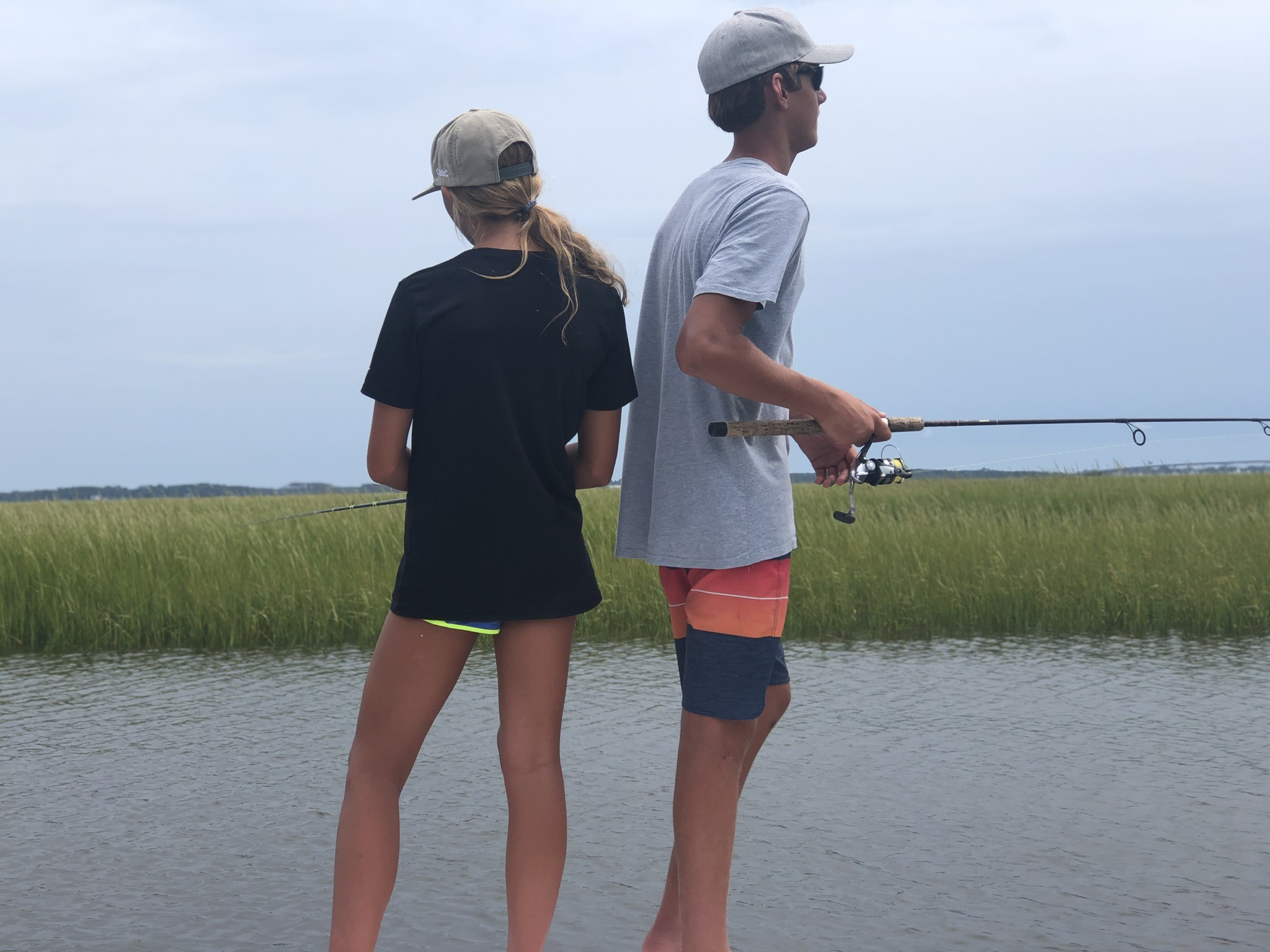
As far as the influence she wants her art to have, Addie hopes to impact people’s decisions. “Hopefully they can see the beauty in nature and animals through my paintings so they can make the right decisions that can help preserve our environment and habitats,” she said.
They put Addie’s artwork on T-shirts to sell at various events and raised more than $1,000 for the Marine Megafauna Foundation, an organization that works a lot in Mozambique, Briggs said. All the online proceeds from the shirts currently go towards the North Carolina Coastal Federation.
They were able to donate $250 to the North Carolina Coastal Federation in October and continue to give $22 a month to Ocean Conservancy, both of which work with residents to protect the ocean.
“We have recently moved back to North Carolina this past year and have changed our image to fit more with the North Carolinian theme,” Briggs said. But that hasn’t changed their core message.
“My sister has been hard at work painting different fish iconic to North Carolina,” he said. “I am now making short videos of different waterman-related activities that you can do across North Carolina. I visited Lake Mattamuskeet, fished for Spanish mackerel off of an island, and many other adventures that you can check out on our YouTube channel.”
While these experiences around the world did give them exciting opportunities, it also showed them how much conservation work is left to do.
“In Mozambique for example, there is a bad overfishing problem for exports,” Briggs said.
“Large boats will drag nets up and down the Mozambique coast not aware or even caring about what they are killing. Sometimes turtles, dolphins, and even rays get stuck in the nets,” he said. “Seeing this really stuck with me and made me care about marine conservation not only in Mozambique but across the globe where similar problems are occurring.”
According to Conservation Travel Africa, the country of Mozambique, which has one of the largest concentrations of Africa’s whale sharks, has marine conservation laws in place, but they’re not always enforced.
A recent report from Oceana, an international organization focused solely on oceans, showed that “nearly 1,800 animals from 40 different species swallowing or becoming entangled in plastic since 2009.” Additionally, 88% of those 1,800 were considered endangered or threatened under the Endangered Species Act.
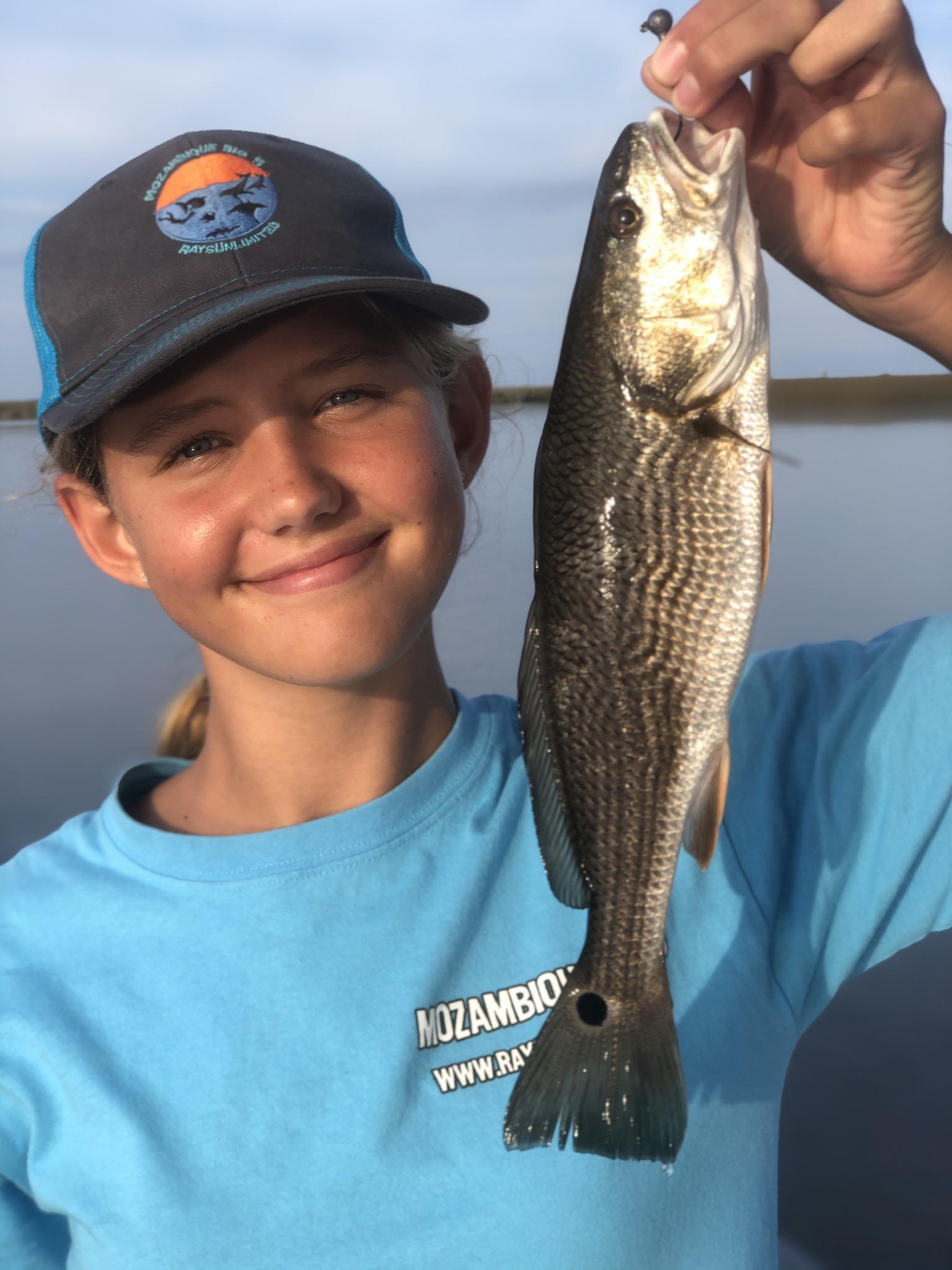
Briggs hopes that their work will inform people and move them to act on their own.
“I hope that they learn something new,” he said. “I hope (my videos showing different North Carolina marine-related activities) inspire people to go out there and try it out for themselves. I also hope they learn something new about marine conservation, a problem that is sometimes overlooked, through my short documentary videos on marine animals.”
In all of the creatures Briggs has seen, he does have a favorite.
“Eagle rays are my personal favorite because they are quite unique to any other type of ray,” he said. While most rays have a flat back and two lobes in front that allow them to feed, the eagle ray is different. “(It) has a beautiful set of almost leopard-like spots on its back and their head structure almost looks human-like … they are so cool to me.”
“My favorite marine animals are sea turtles, manta rays and humpback whales,” Addie said. “They are my favorite because they are majestic and very friendly in the water. I have also had amazing experiences with them.”
Both Addie and Briggs look forward to the future of conservation, and hope that people understand their own impact.
“My hopes for conservation in the future is to have a steady plan on how much we … consume,” she said. “For example: pollution. We should hope to have more things that can replace the things that are destroying our oceans and environment.”
“I want (humans) to be more aware of conservation issues and not just talk about them or post on social media about them,” Briggs said. “I want us to get out there and make a difference ourselves.”
